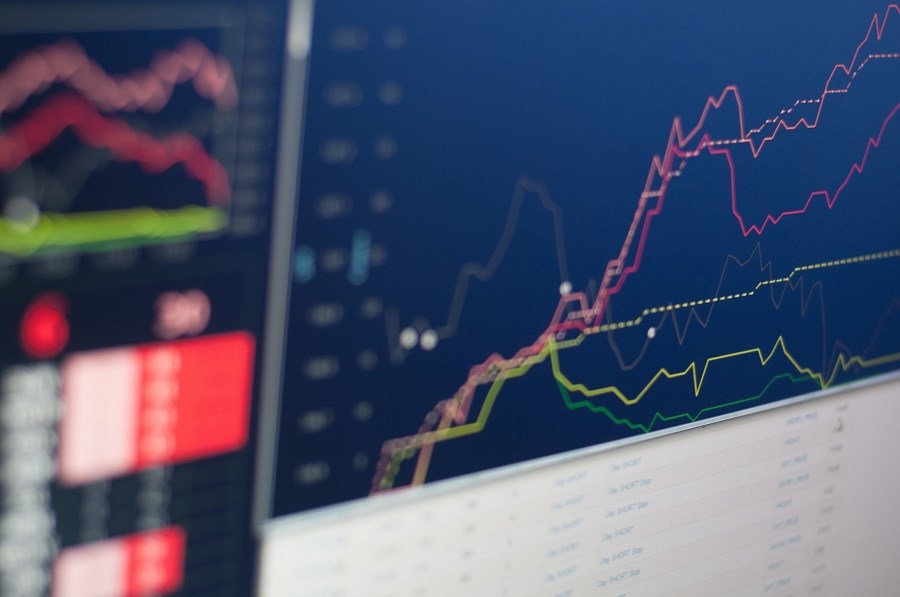
A spate of critiques of sustainable investing has arisen lately, with some choice words reserved for issuers of environmental, social, and governance ratings, such as Morningstar’s Sustainalytics division. Indeed, one sharp-tongued critique likened the usefulness of such ratings to emojis. 
We checked in with Michael Jantzi, founder of Sustainalytics, for his reactions. Jantzi, a longtime industry observer, is a firm believer that a sharp tongue is no indicator of a good argument. Here’s an edited version of his comments.
Q: Critiques of ESG ratings and the rating agencies that issue them have been rife lately.
Jantzi: I’m reminded of the saying “First, they ignore you, then they laugh at you, and then you win.” Certain people see sustainable investing as a new phenomenon that’s two to three years old. It has a much longer history. I’ve watched it grow over the past 30 years. The mainstreaming has taken place over the past decade and a half. The mainstreaming of ESG is now prevalent enough that it has detractors. Is there anything in the investment space or capital markets that doesn’t have supporters and detractors?
Q: Well, low fees.
A: And of course, the buy low, sell high mantra. But most things in the capital markets are highly debatable: passive versus active, value versus growth. This [criticisms] is an indication of a maturing and increasingly robust industry. There’s a lot of nuance, particularly on the institutional side of the business, looking at the challenges of integration across asset classes. Constructive criticism in anything makes you better.
Q: One criticism says ratings are useless because they’re so wildly variable. Another complains that ratings agencies don’t include useful information such as the dollar value of various risks and says ratings are about as useful as emojis.
A: Look, the diversity of ratings is a sign of a healthy market. It reflects that there are a variety of approaches--some, like Sustainalytics’ ESG Risk Ratings, measure risk, other focus on impact, while others look only at reputation or market sentiment, for example. Different starting points lead to different outcomes, so the market has choice. That’s a good thing from my perspective. I often wonder if the critics of ESG ratings are also the ones complaining loudly about the fact that credit ratings and sell side ratings are too aligned?
As for emojis--they instantly convey a direction or how someone is feeling about something, so in a sense there is some similarity to ESG ratings. But the criticism reflects a fundamental misunderstanding of what an ESG Risk Rating is. It’s not meant to be a single indicator or a single tool to make a decision. It’s meant to be used alongside other tools and inputs to inform the user about whether or not this is a company you might want to consider investing in or engaging with. It’s a starting point to what lies beneath. There’s a lot of information there. We don’t attach a dollar value [to the risk rating or the analysis]. Our clients don’t want us to do that. That’s their job, as investment managers. They’re looking to us for social and environmental information, research they might not have access to, our insights. What the market wants is ESG data and our take on what ESG issues are material. Connecting ESG data points to dollar values--that’s what ESG integration is.
Q: Some of the criticisms come from Engine No. 1, which recently succeeded in shaking up Exxon’s board. What do you think of this approach of using engagement as a differentiator? They’ve also come out with their own way to rate companies. Do they have a better mousetrap?
A: Investment management firms need to differentiate themselves in an increasingly crowded market. For example, we’ve seen an array of investment managers talking about how they've created their own proprietary ratings systems. Now they’re out with a framework to rate companies. They don’t provide a lot of information saying how what they’re doing is different. The idea of leveraging stewardship, or active ownership, as an agent of change is not a new concept. It’s been a traditional tool of ethical investors going back to the late 1960s. It’s been one of the six Principles for Responsible Investment [a U.N.-backed initiative] since inception, and many of our clients around the world embrace engagement as a critical component of stewardship. Sustainalytics also has an engagement services business, which we acquired several years ago. It was founded in 1992, so it’s another example of active engagement’s rich history in this space.
There’s a whole raft of different theories about change. One says you need to engage with a broad range of actors. Or on a sector-by-sector basis. Another says you target the biggest and the baddest and if you can make changes there, it has a broader impact well beyond a particular company or issuer.
We have to recognize there are a variety of ways to integrate and engage and they’re not all going to work at the same time. You need to think about ESG as a toolbox containing a lot of different tools for different jobs. A hammer doesn’t work all the time. Sometimes you need a screwdriver or a wrench. But what’s also true is that, whatever the tool of choice, the outcome very much depends on the experience and skill set of the person or team wielding it.
The challenges we face today are multifaceted, significant, and time-sensitive. They’ll only be solved by leveraging the skill sets and energies and passion of a broad range of stakeholders.
Q: Still, as you point out, investors are demanding more nuance and sophistication from ESG raters. Is the industry up to the challenge?
A: Our risk rating is exponentially more robust than in the past. It evaluates material risk. It doesn’t purport to measure impact. The rating is built around 20 material ESG issues, or MEIs, that are designed to assess exposure each issuer has to a variety of ESG risks that are baked into the business model or [coming from] where it does business. We measure the extent to which a company is capable and willing to manage those risks. It’s a much more laser-focused disciplined approach [to assessing] whether that company is well positioned to drive value for shareholders over the long term.
We have a core belief: As my colleague Simon MacMahon, Sustainalytics head of research, likes to say, “The best way to provide insights is through a combination of human beings and technology.” Technology is a critical tool, allowing us to scour the earth for information. We’re getting it across multiple languages and themes. But just as I did when I was selling stereos as a part-time job through my teenage years, we need to pay attention to the “signal to noise ratio.” Although technology advances our ability to sort through the noise to determine what’s an important signal across an expanding universe of issuers, I believe you still need good analysts who have industry knowledge and sustainability experience to help make sense of it and connect the dots. And it helps mitigate the risk that companies increasingly will learn to game the system--using the key words that Big Data is looking for. A good analyst plus good technology plus good process will produce better results than technology alone.




















